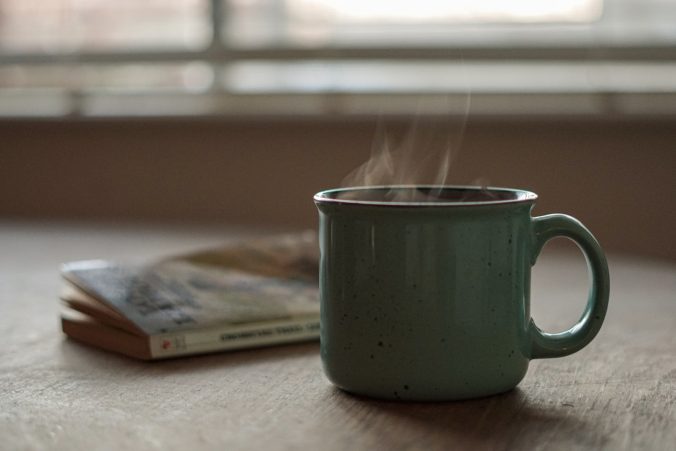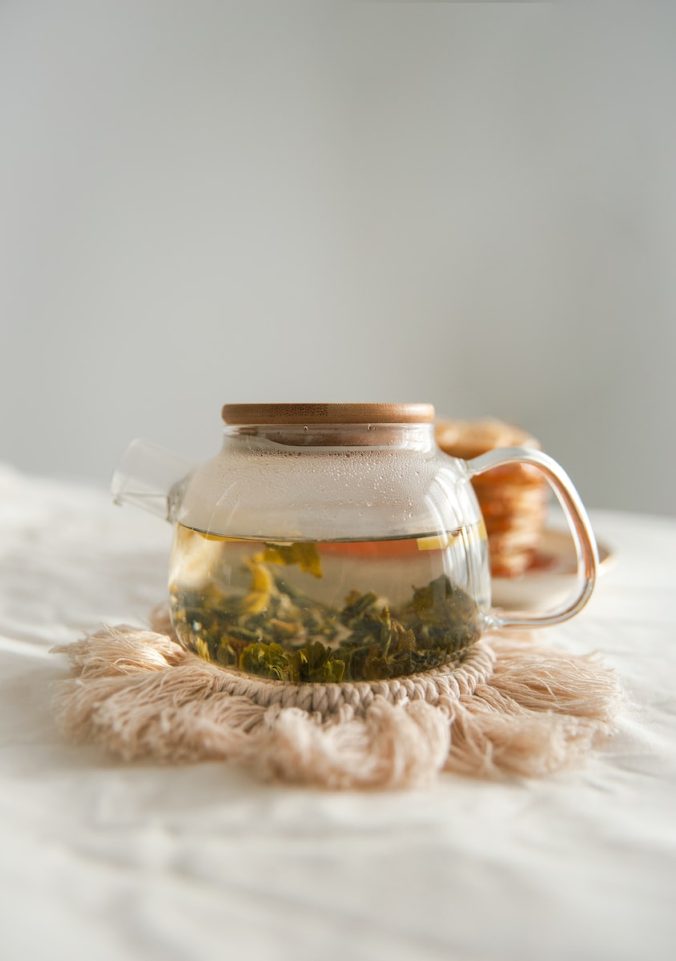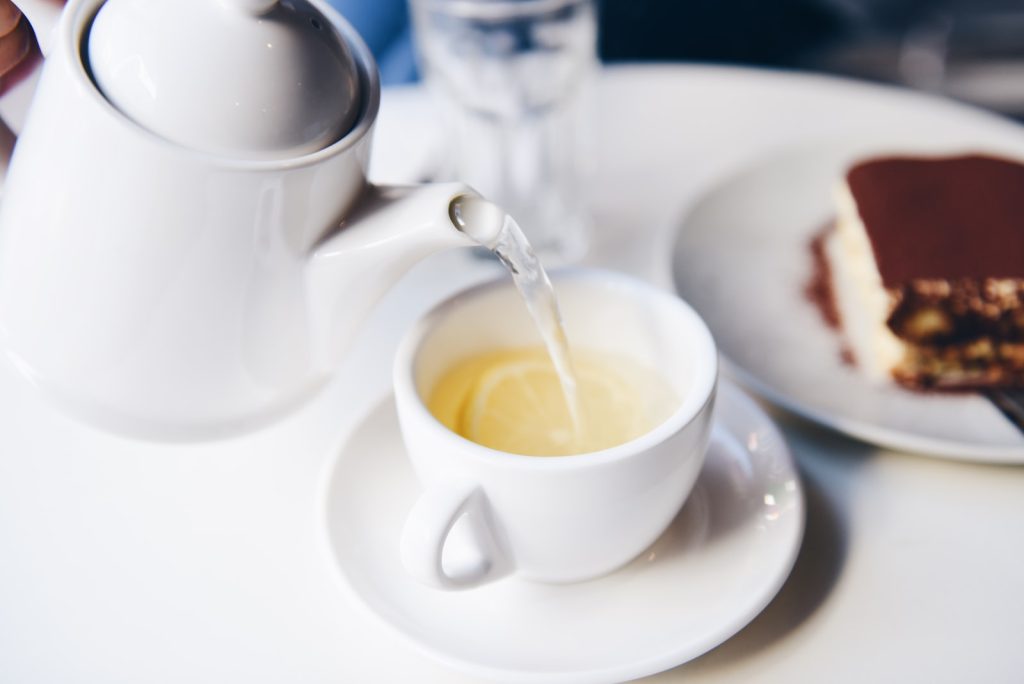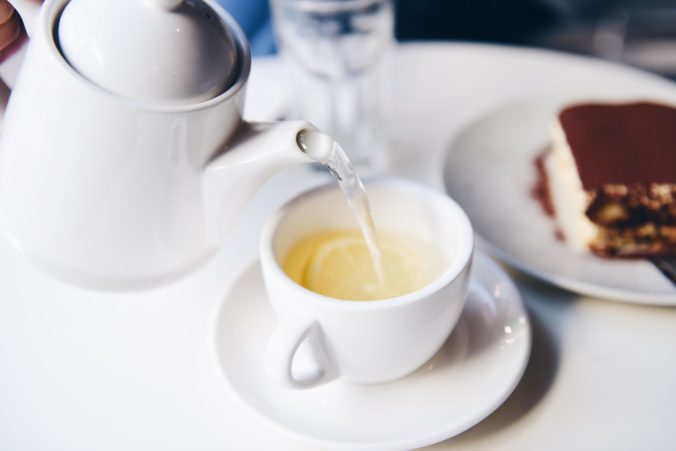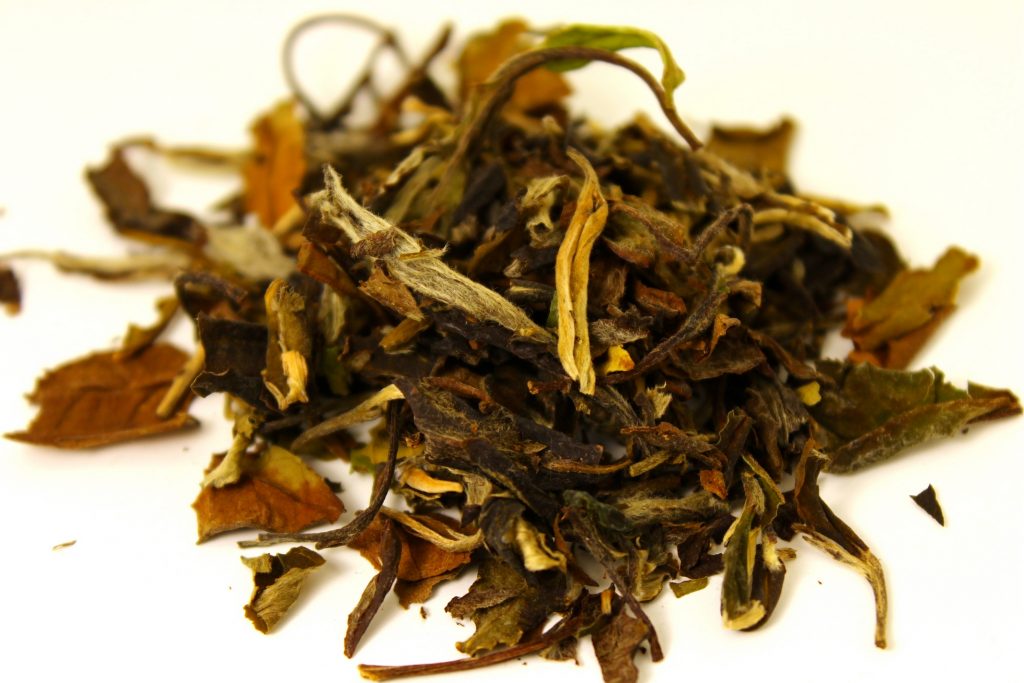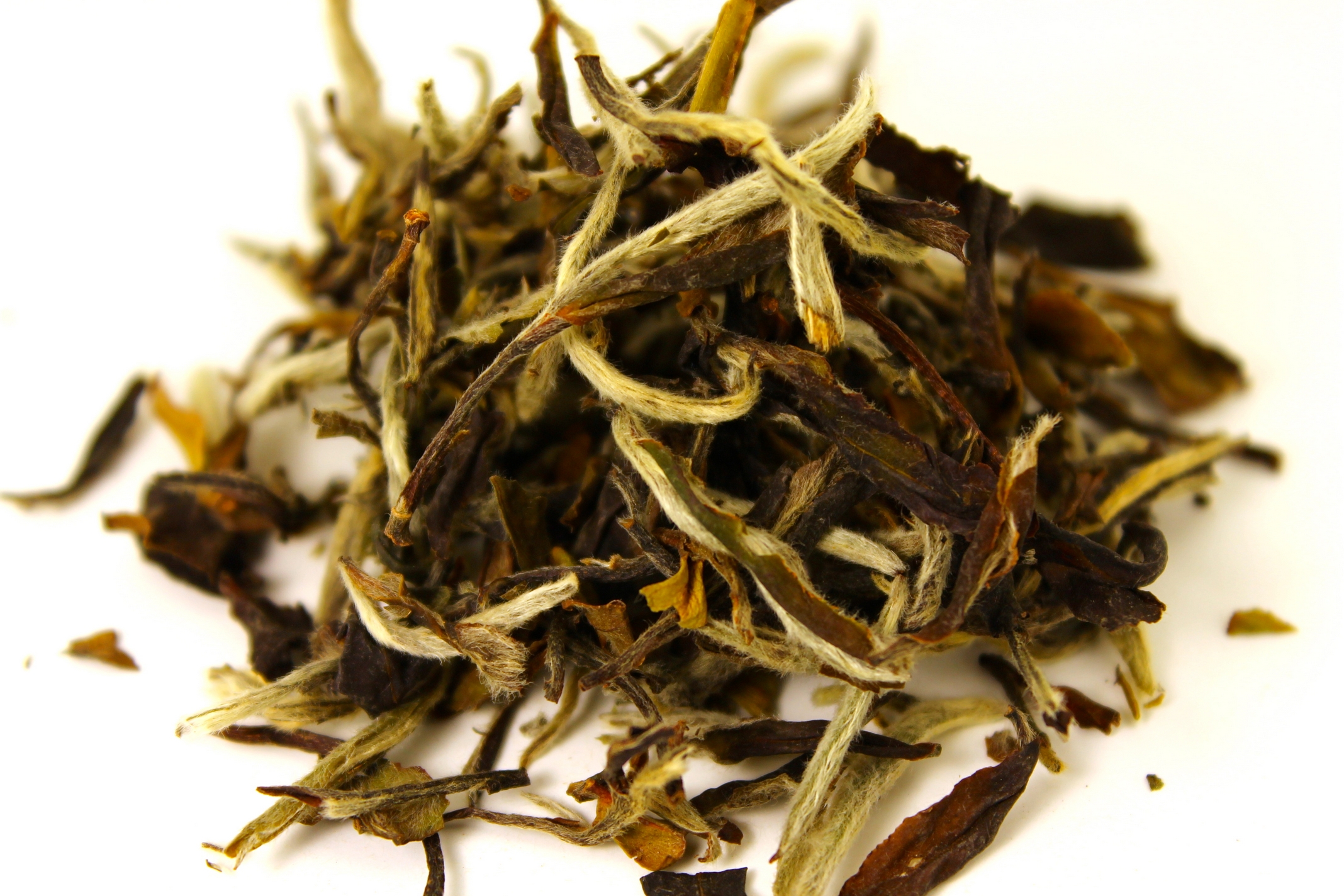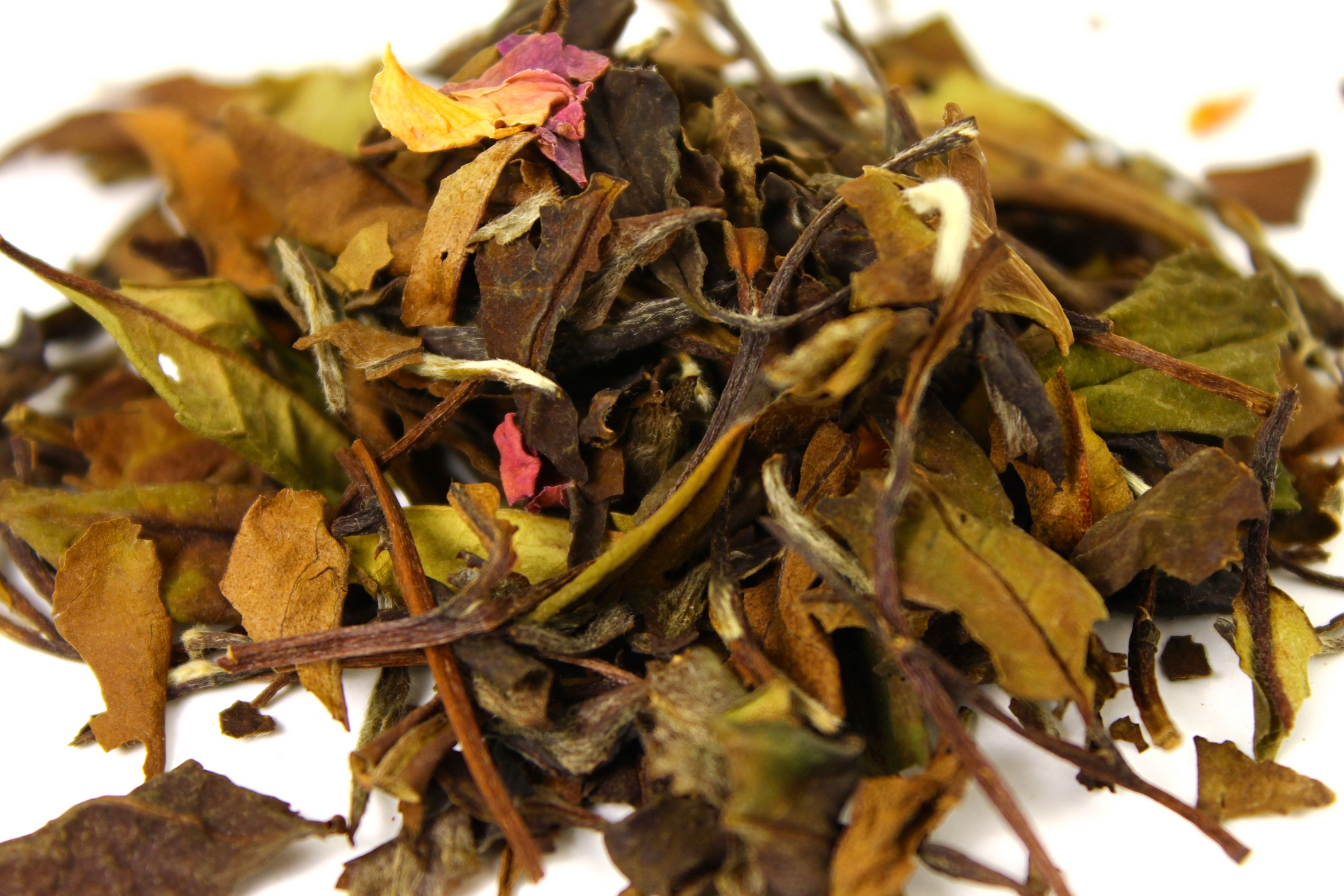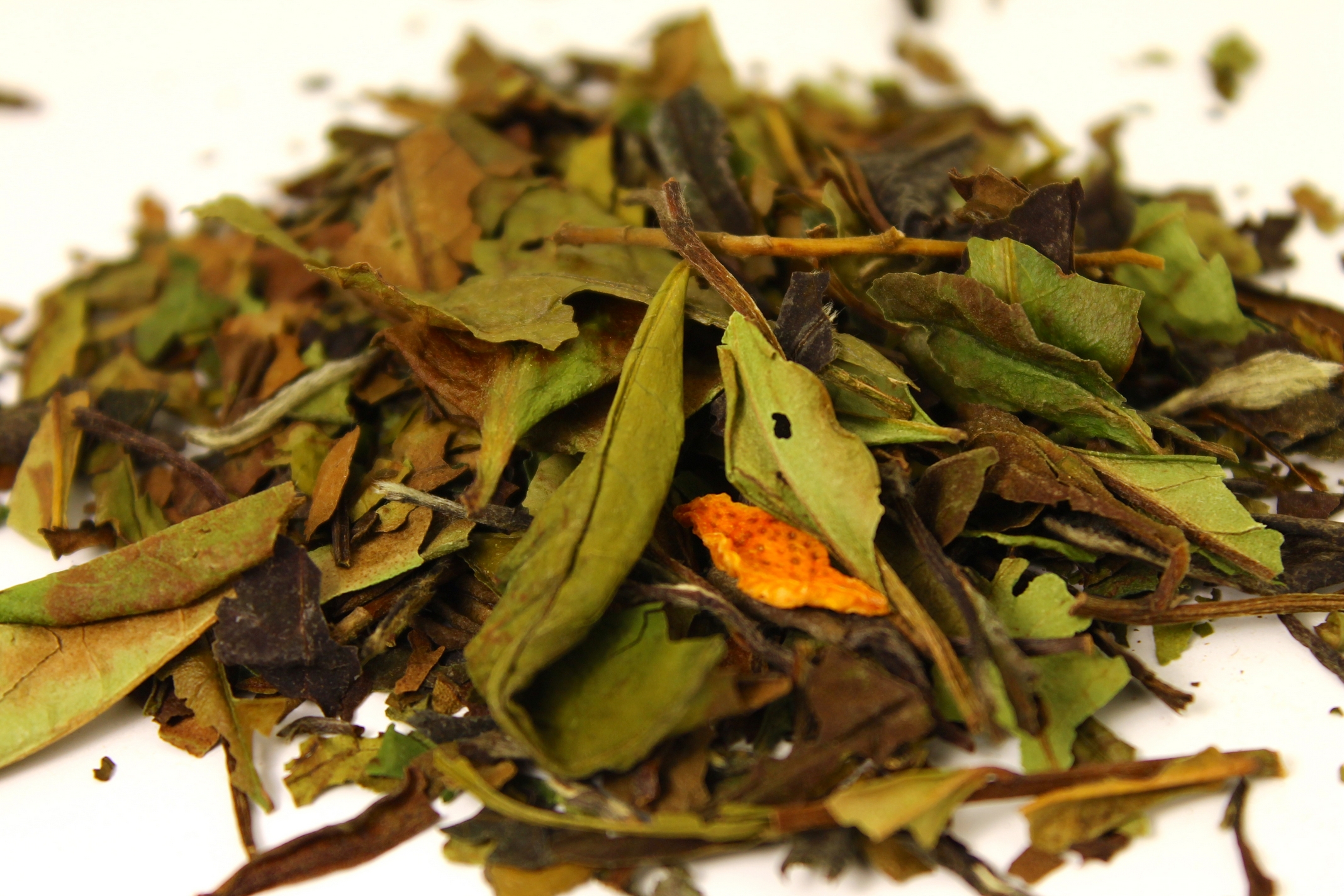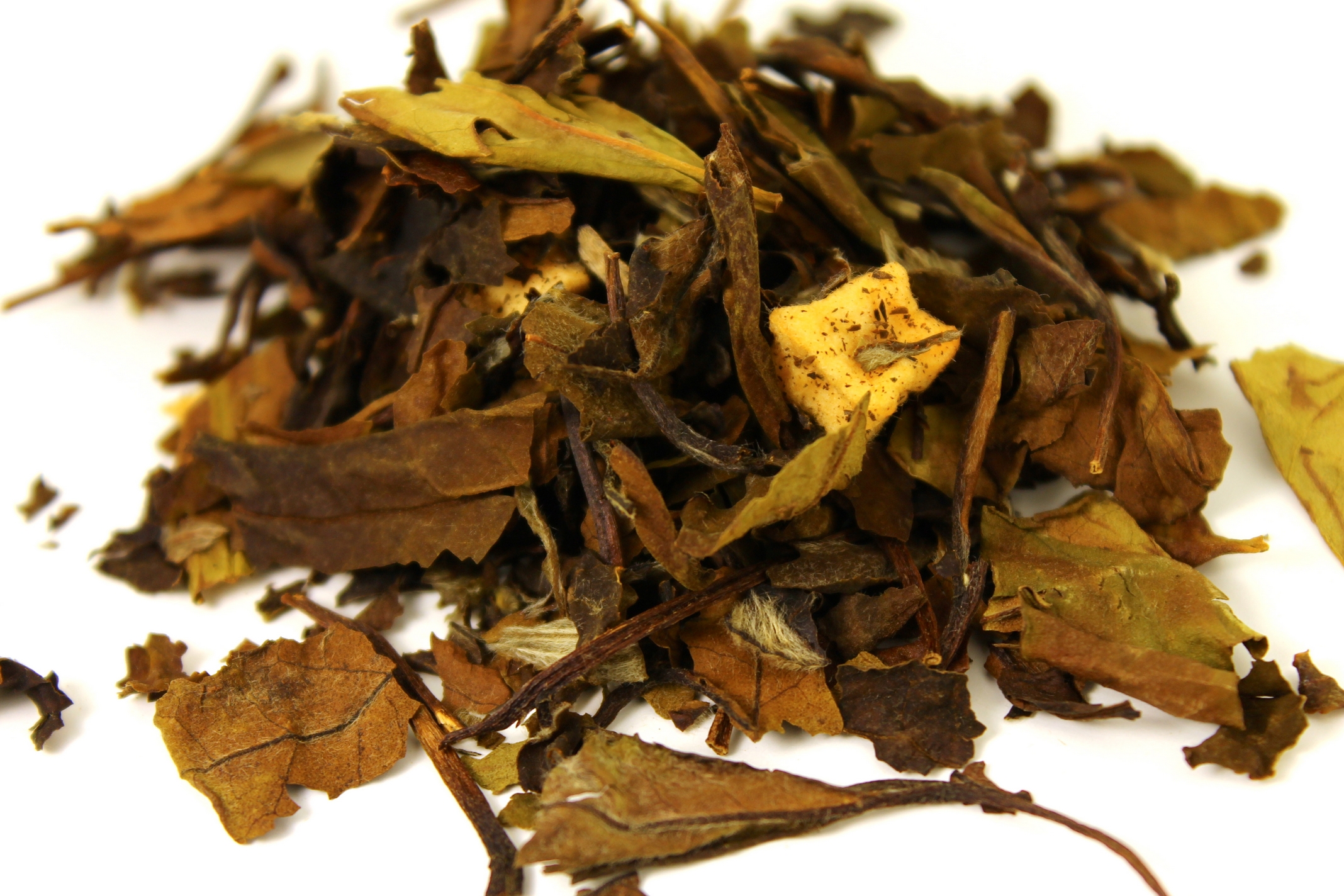Table of Contents
Introduction
There are many reasons why people enjoy drinking a cup of delicious hot tea. Whether it is Green tea or white tea, it is really not a bad choice, but it is a question that always come up, and that is: what is the big difference between white tea and green tea?
Types of Tea
Many kinds of tea are available in the market like white tea, green tea, black tea, and more. However, if you think about white tea vs green tea and are wondering about those two types of tea then keep reading as you will soon find out the differences between the two teas. Each has its own characteristics and you must be mindful of it. You can choose white tea or perhaps green tea to drink to refresh your tired body.
What is white tea?
If you want to know what white tea is or what green tea is, then don’t worry as I am here to explain. White tea is often made from buds or perhaps from the younger dried leaves, which is being dried under the sun or perhaps by means of steaming. This tea is not oxidized and comes from the plant known as Camellia sinensis. If you are thinking that the description of white tea sounds familiar, then don’t worry as the same plant actually makes both white and green tea. Here is a pretty example of a tasty white tea that I love:
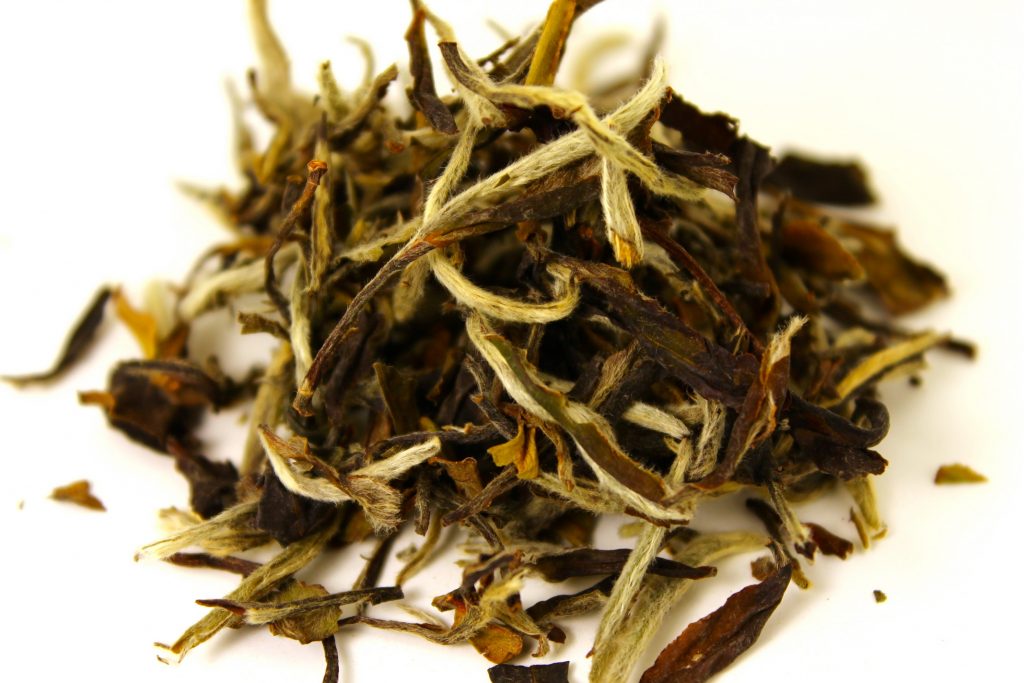
In the Fujian Chinese province, white tea is their favorite and this kind of tea has many varieties. The variety of white tea includes white peony, silver needle, life eyebrow, tribute, Ceylon white, Assam white, and African white. The popularity of white tea in China is due to its health benefits. The tea prevents heart disease, rheumatoid arthritis, fights certain cancers, and helps in the breakdown of elastin and collagen.
What is green ea?
Now that you know a bit about white tea then, I will explain what green tea is all about. As mentioned before, green tea comes from the same plant as the white tea. However, the biggest difference between the two types of leaves is how they are processed. When white tea is steamed then dried, green tea is steamed, fired for a bit of fermentation, and then rolled. That is really the biggest difference between green tea and white tea. Here is a beautiful picture of one of my favorite green teas around, with some nice fruit pieces:
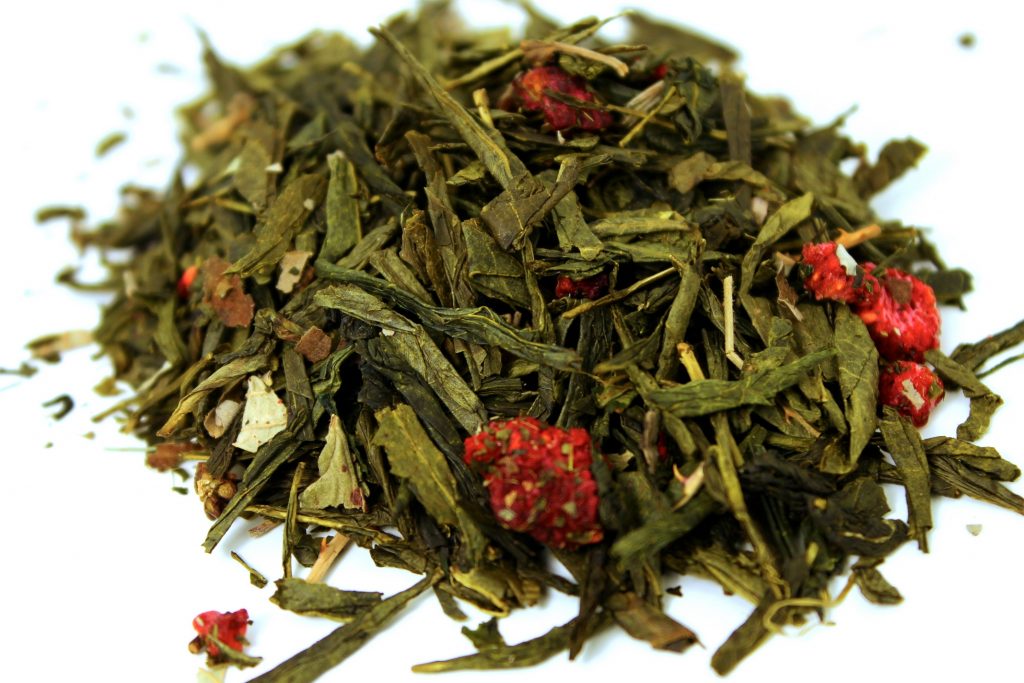
Hand-rolled green tea leaves mixed with fruit pieces, resulting in a beautiful and tasty cup of tea.
Green tea also originated in China and is now being expanded throughout all Asia and has also popular in the West. In fact, many coffee shops like Satrbucks offer this kind of tea, and there was already lots of green tea flavors that people can choose from. The benefits are similar to white tea and have the ability to fight Alzheimer’s disease and Parkinson’s disease. In fact, drinking green tea can lower the risk of breast cancer for women.
Conclusion
While these teas come from the same variety of plants with similar health benefits, some other differences depend on the consumers. If one loves the taste of white tea, then this would be his or her favorite. However, studies show that there are many health benefits found in green tea compared to white tea.
So, at the end of the day, the choice is yours. But if you ask me either of these teas is a good choice, so you can’t really go wrong ![]()
